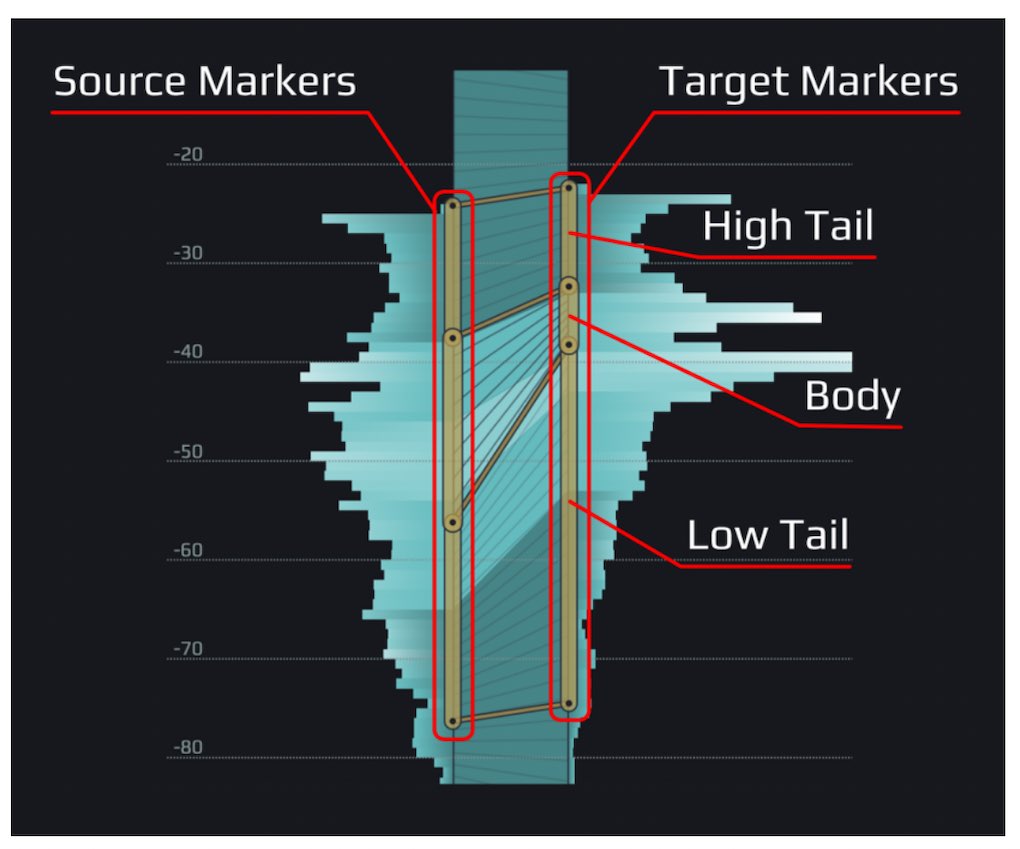New Music Gear Monday: Playfair Audio Dynamic Grading Processor Plugin

One of the cool things about where we are now when it comes to plugin development is that new ground is being broken. Just about all the old analog devices have been emulated (even some of the bad ones) so it’s time to think outside the box, and that’s exactly what’s happening lately. One shining example of this approach to audio plugin development is the new Dynamic Grading processor plugin from Playfair Audio, which completely rethinks dynamics processing.
A New Look At Compression
The premise behind Dynamic Grading is “What would audio processing look like if the compressor was never invented?” With that in mind, Dynamic Grading takes a brand new path that leaves the days of complicated signal chains behind.
The whole idea here is to look at the audio signal via a histogram, just like digital image processors like Photoshop have been doing for ages. What you get is something that no longer needs the compression controls of old.
How It Works
Dynamic Grading’s user interface is built around the main display, which shows the dynamic histograms for the input and output signals. The area between the two graphs provides graphical control handles to intuitively adjust the dynamic processing.
The histogram reveals the dynamic range (the highest and lowest readings) as well which loudness regions are most prominent and how much the dynamics vary.
You can then manipulate the three main areas of the signal (body, high tail, low tail) by moving the yellow boxes around and aiming the control handles (see the graphic below), providing a range of very specific compression and expansion exactly where you want it.

The plugin also a few conventional controls that aren’t needed all that much. The Spectrum control lets you balance the higher and lower frequencies in the source material, based around how we hear. In the center is the “Pink” spectrum that represents the standard 3dB per octave rolloff that we normally perceive, but turning to the left is more of the “White” spectrum that is high-end heavy. Turning to the right is more of the “Red” spectrum that’s bass heavy. Like I said, you probably don’t have to touch this much.
Response and Release are two timing parameters that determine how fast the dynamic
processing acts. Response determines how much time is used for building
the dynamic histograms and for dynamic processing. Release affects how the dynamic processing recovers after a significant sound event.
Dynamic Grading is a new way of looking at processing and it does take a little bit to get your arms around it. After you get used to it though, it can be a much faster and easier way to add the processing needed without the need for long signal chains (see the video below).
Dynamic Grading is $157 with a free 14 day trial (no information is required to download). It’s available for 64-bit AU, VST3, and AAX plug-in formats under macOS 10.10+ and Windows 7+. You can find out more here, or watch the video below.

